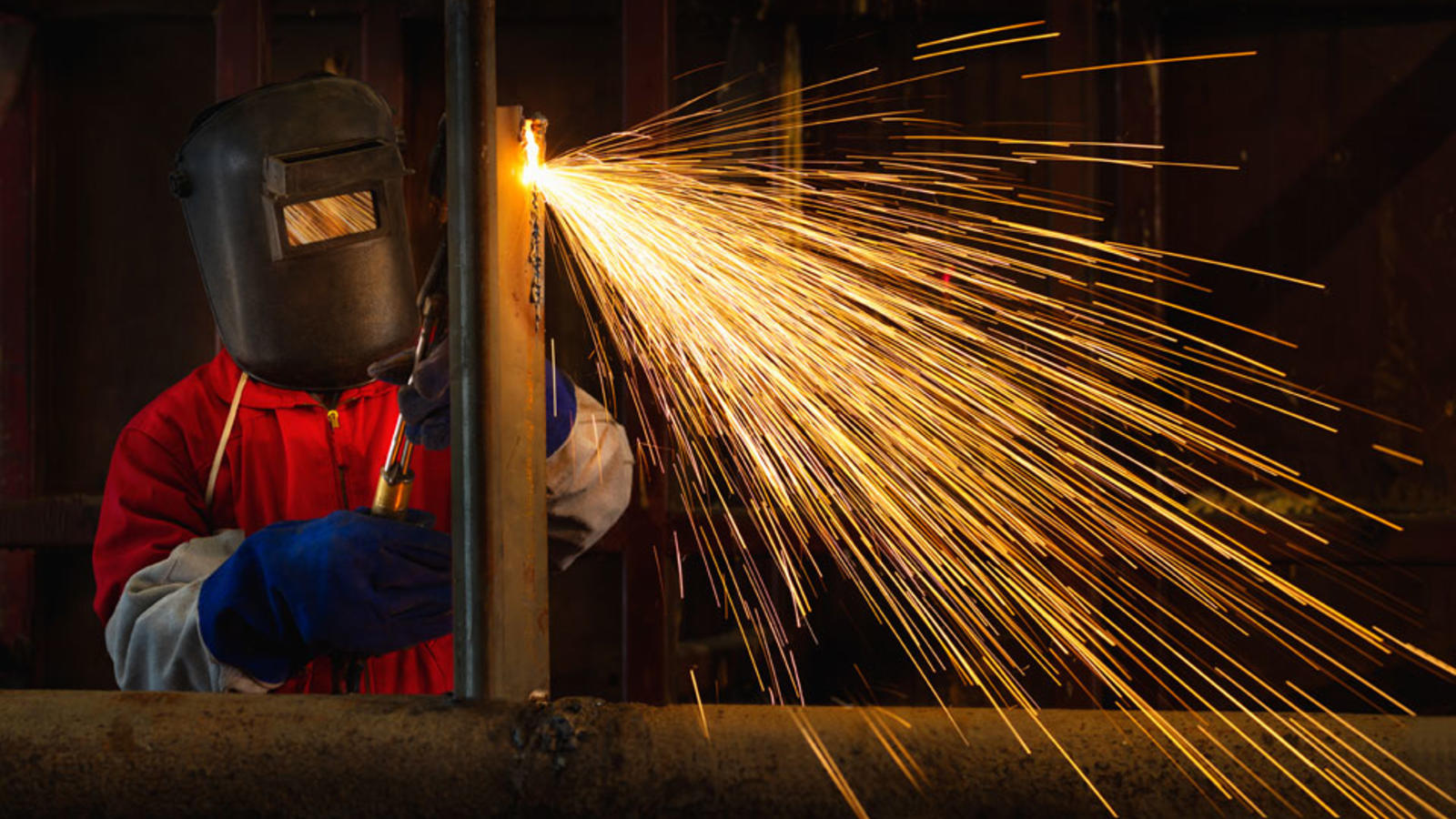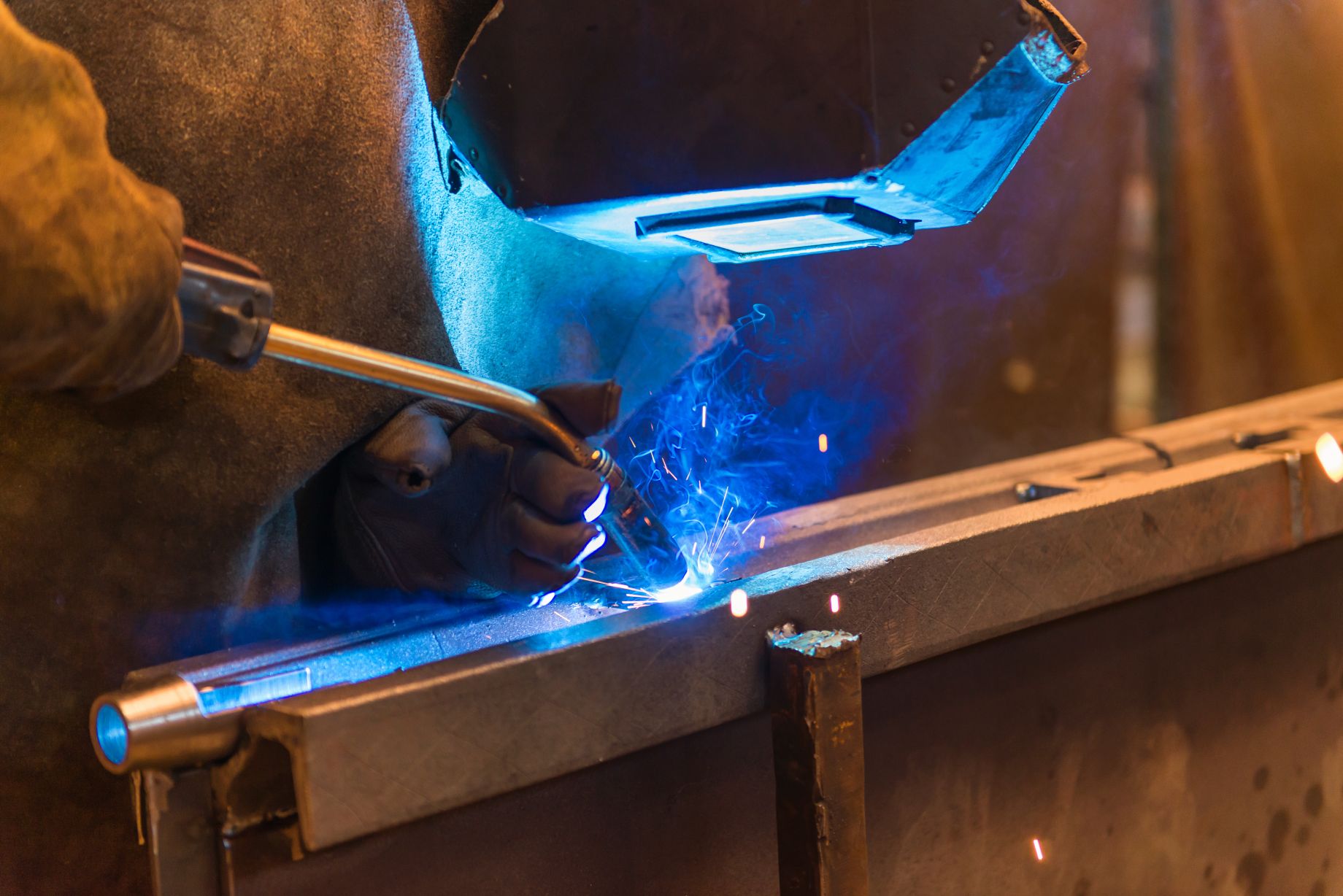Welding WPS: Typical Errors to Prevent and Exactly How to Correct Them
Welding WPS: Typical Errors to Prevent and Exactly How to Correct Them
Blog Article
The Ultimate Guide to Welding WPS Procedures: A Thorough Overview for Welders
In the elaborate globe of welding, Welding Procedure Specifications (WPS) offer as the backbone of making sure top quality, consistency, and safety in welding operations (welding WPS). As we delve into the different elements of a WPS and explore the complexities of certification and certification, we will discover the vital duty these treatments play in the realm of welding.
Significance of WPS Procedures
Recognizing the relevance of Welding Treatment Specifications (WPS) treatments is essential for making sure the high quality and stability of bonded structures. WPS procedures function as a roadmap for welders, detailing the necessary steps, specifications, and materials required to attain a sound weld. By adhering to WPS guidelines, welders can make certain uniformity in their job, bring about structurally audio and trusted welds.
Among the key reasons why WPS procedures are crucial is their function in preserving weld quality and stability. Following the specified welding parameters and methods detailed in the WPS aids stop issues such as porosity, splitting, or insufficient fusion, which can jeopardize the stamina and resilience of the weld. Furthermore, WPS treatments are vital for making certain compliance with industry standards and codes. By adhering to well established WPS guidelines, welders can show that their job meets the essential requirements for safety and security and top quality, supplying assurance to clients, assessors, and governing bodies. Essentially, the significance of WPS treatments can not be overstated, as they are basic to achieving regular, top quality welds that fulfill sector requirements and requirements.

Parts of a WPS
A Welding Procedure Spec (WPS) commonly makes up vital elements that detail the particular demands for performing a weld, guaranteeing uniformity and high quality in the welding process. The essential elements of a WPS consist of crucial variables such as base steels, filler metals, interpass and preheat temperature levels, welding procedures, protecting gases, welding positions, and post-weld warm therapy demands.
Base metals refer to the materials being signed up with, while filler steels are made use of to load the gap in between the base steels throughout welding. Preheat and interpass temperature levels are vital for controlling the heat input and stopping concerns like splitting or distortion. The welding process outlines the certain technique to be utilized, whether it's gas steel arc welding (GMAW), protected metal arc welding (SMAW), or one more method. Shielding gases secure the weld swimming pool from climatic contamination. Welding settings define the alignments in which welding can be carried out. Post-weld warmth therapy may be essential to soothe stress and anxieties and improve the weld's residential or commercial properties. A detailed understanding of these parts is vital for developing a reliable and comprehensive WPS.

Qualification and Qualification
Having actually developed the important parts of a Welding Treatment Specification (WPS), the emphasis currently changes towards the vital facets of credentials and accreditation in welding methods.

Certification, on the other hand, is the official recognition of a welder's certifications by a pertinent certification body or organization. Welding certifications are typically based on the particular welding processes, materials, and positions a welder is qualified to work with. Holding a legitimate welding qualification demonstrates that a welder meets market standards and is experienced to do welding tasks to the needed specifications.
Producing a WPS
To develop a Welding Treatment Requirements (WPS) that meets sector criteria, mindful factor to consider of welding procedures, products, and operational criteria is crucial. The initial step in developing a WPS is to identify the welding process to be used, such as gas metal arc welding (GMAW) or secured steel arc welding (SMAW)

Applying and Monitoring WPS
Upon wrapping up the thorough Welding Treatment Spec (WPS) that thoroughly information welding processes, products, operational parameters, and quality control procedures, the emphasis moves to properly executing and monitoring the well-known treatments. Application includes guaranteeing that all welders involved in the task recognize with the WPS and follow it thoroughly during Clicking Here the welding procedure. browse this site This calls for supplying sufficient training and guidance to assure adherence to the defined treatments. Monitoring the WPS involves continuous oversight to validate that welding tasks line up with the recorded specifications. Examinations, screening, and top quality control actions are necessary components of the monitoring process to recognize any kind of concerns or inconsistencies immediately. Routine audits and evaluations of the welding procedures assist in keeping consistency and top quality throughout the project. Effective application and surveillance of the WPS are vital for ensuring the stability, stamina, and safety and security of the welded joints, inevitably adding to the total success of the welding task.
Final Thought
To conclude, understanding and following Welding Treatment Requirements (WPS) is critical for welders to guarantee top quality, consistency, and safety in their job. By recognizing the elements of a WPS, acquiring correct qualifications and accreditations, creating thorough treatments, and carrying out and checking them properly, welders can boost their skills and proficiency in welding methods. Following WPS procedures is vital for producing top quality welds and meeting sector standards.
In the intricate globe of welding, Welding Treatment Specs (WPS) serve as the backbone of ensuring high quality, consistency, and security in welding procedures. The welding procedure lays out the specific strategy to be utilized, whether it's gas steel arc welding (GMAW), protected metal arc welding (SMAW), or an additional method.To create a Welding Procedure Spec (WPS) that satisfies industry criteria, careful factor to consider of welding procedures, products, and operational specifications is necessary. The initial action in producing a WPS is to determine the welding process to be made use of, such as gas metal arc welding (GMAW) or shielded metal arc welding (SMAW)Upon settling the detailed Welding Procedure Spec (WPS) that thoroughly details welding processes, materials, functional parameters, and high quality guarantee procedures, the emphasis moves to successfully carrying out and monitoring the established procedures.
Report this page